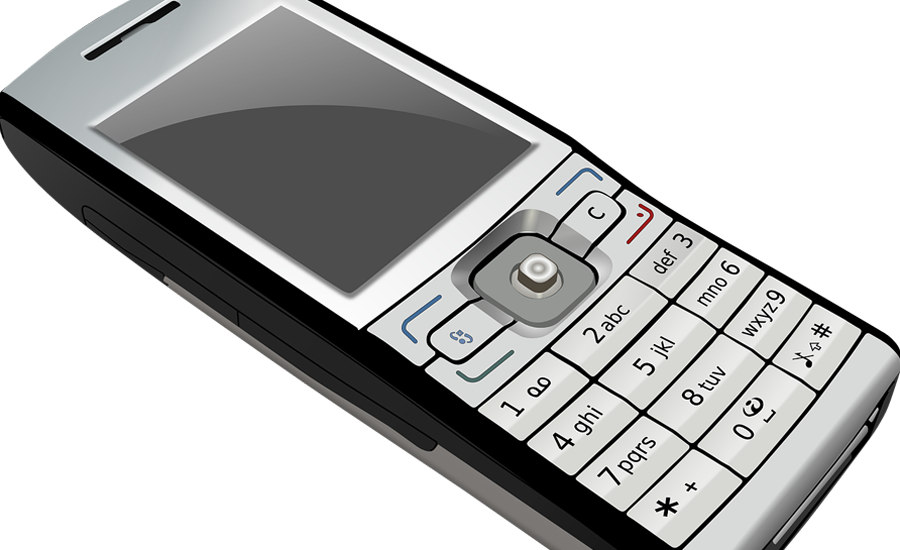You text (while driving), you pay
Distracted driving takes a toll

The National Highway Traffic Safety Administration (NHTSA) is hoping an anti-texting-while-driving campaign will reduce the growing number of motor vehicle accidents that are caused by distracted driving.
Drivers 18-34 text/drive the most
The ‘U Drive. U Text. U Pay.’ ads will appear on television, radio, and digital platforms and will target motorists aged 18 to 34 – those who, data shows, are most likely to die in distraction-affected crashes.
“Everyone should understand the very real dangers of texting while driving,” said NHTSA Deputy Administrator Heidi King. “Taking your eyes off the road for a moment is all it takes to cause a crash and change lives forever.”
Accident prevention
The statistics back her up. In 2016, new NHTSA data shows that at least 3,450 people were killed in motor vehicle crashes involving distracted drivers, including those who were texting and driving. Key statistical findings in NHTSA’s new 2016 Distracted Driving Research Note and Teen Distracted Driver Fact Sheet include:
- Nine percent of fatal crashes in 2016 were reported as distraction-affected crashes.
- Six percent of all drivers involved in fatal crashes were reported as distracted at the time of the crash.
- Nine percent of drivers 15 to 19 years old involved in fatal crashes were reported as distracted. This age group has the largest proportion of drivers who were distracted at the times of the fatal crashes.
- In 2016, there were 562 non-occupants (pedestrians, bicyclists, and others) killed in distraction-affected crashes.
- In 2016, 70 percent of the distracted drivers in fatal crashes were male, as compared to 74 percent of drivers in all fatal crashes.
- Hand-held cell phone use while driving is highest among 15- to 29-year-old drivers.
- Female drivers with a cell phone have been more likely to be involved in fatal distracted-driving crashes as compared to male drivers every year since 2012.
Here’s what the NHTSA wants you to do:
- Turn off electronic devices and put them out of reach before starting to drive.
- Be good role models for young drivers and set a good example. Talk with your teens about responsible driving.
- Speak up when you are a passenger and your driver uses an electronic device while driving. Offer to make the call for the driver, so his or her full attention stays on the driving task.
Pedestrians and bicyclists should also focus on their surroundings and not on their electronic devices.
Currently, 47 states, DC, Puerto Rico, Guam, and the U.S. Virgin Islands ban text messaging for all drivers. All but four have primary enforcement laws - an officer may cite a driver for using a hand-held cell phone without any other traffic offense taking place and be given a fine. Fifteen states, DC, Puerto Rico, Guam, and the U.S. Virgin Islands prohibit all drivers from using hand-held cell phones while driving. Important to note: 38 states and DC ban all cell phone use by novice drivers, and 20 states and DC prohibit it for school bus drivers.
Looking for a reprint of this article?
From high-res PDFs to custom plaques, order your copy today!




